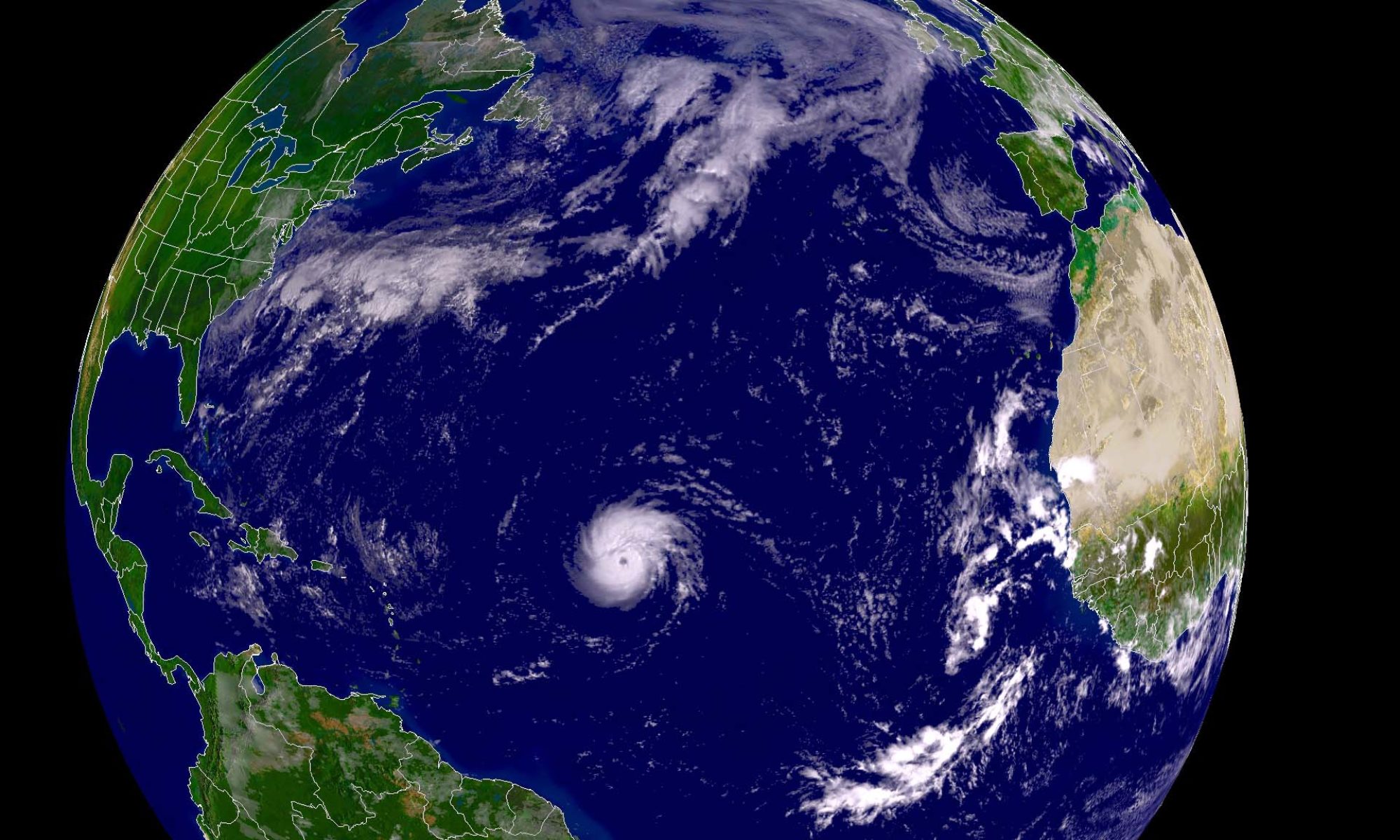by Akio Matsumura
A district court in Japan has ruled that the two Oi nuclear reactors cannot be restarted by the Kansai Electric Power Company, citing structural deficiencies . The Fukui District Court said in its ruling, according to an editorial in the Mainichi Shimbun:
“Individuals’ personal right to protect their lives and livelihoods are of the highest value under the Constitution. The court then concluded that ‘it would be only natural to suspend nuclear plants if they pose specific risks of danger -- though it would be an extreme argument to say the existence of such plants is impermissible under the Constitution.’"
Until this ruling, Japan’s federal government and legal system had made decisions in favor of strengthening its economy and minimizing imports. This court ruling emphasized caution and prioritized human and environmental health above trade balances.
Summarizing further, the Japan Times wrote:
The crucial point of the ruling is its contention that it is inherently impossible to determine on scientific grounds that an earthquake more powerful than assumed in the operator’s worst-case scenario would not happen. It noted that since 2005, four nuclear power reactors around the country have experienced quake shocks more powerful than the maximum level anticipated on their sites. It is “groundless optimism” in this quake-prone country that such a temblor would never hit the Oi plant, the ruling stated.
We will have to wait and see whether Japan respects the Fukui Court’s decision or proceeds with its planned restarts.… Continue reading





